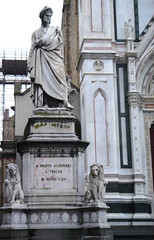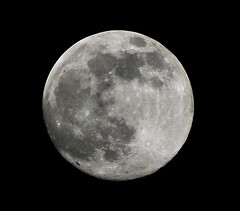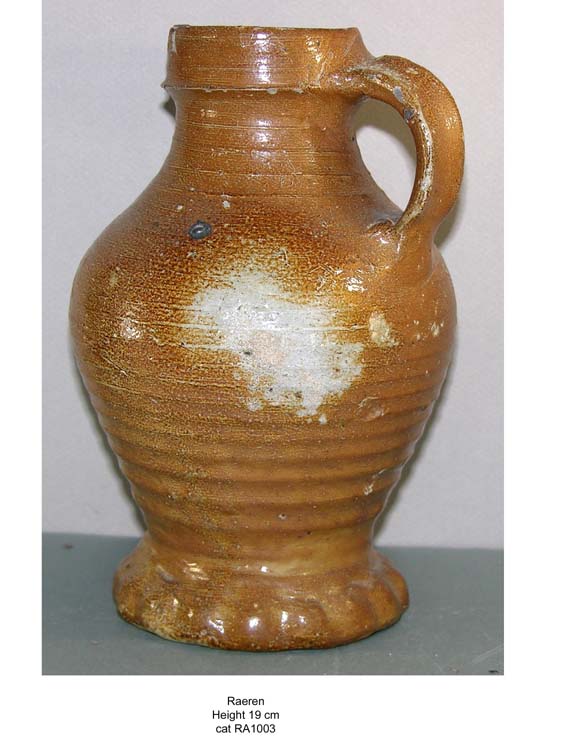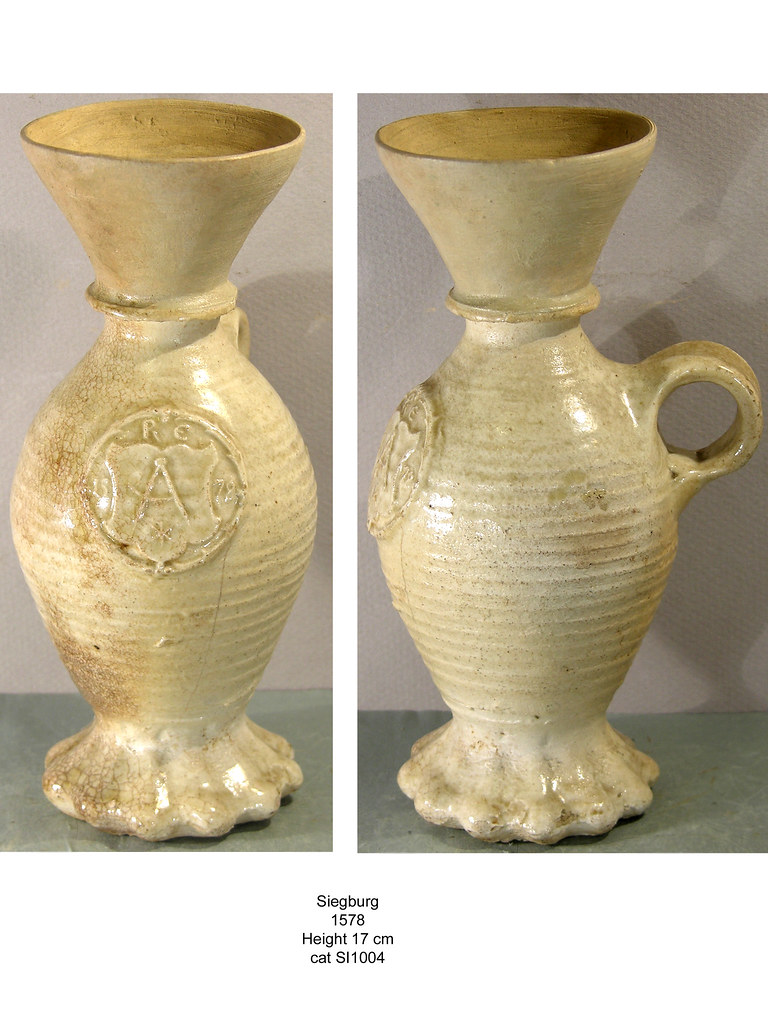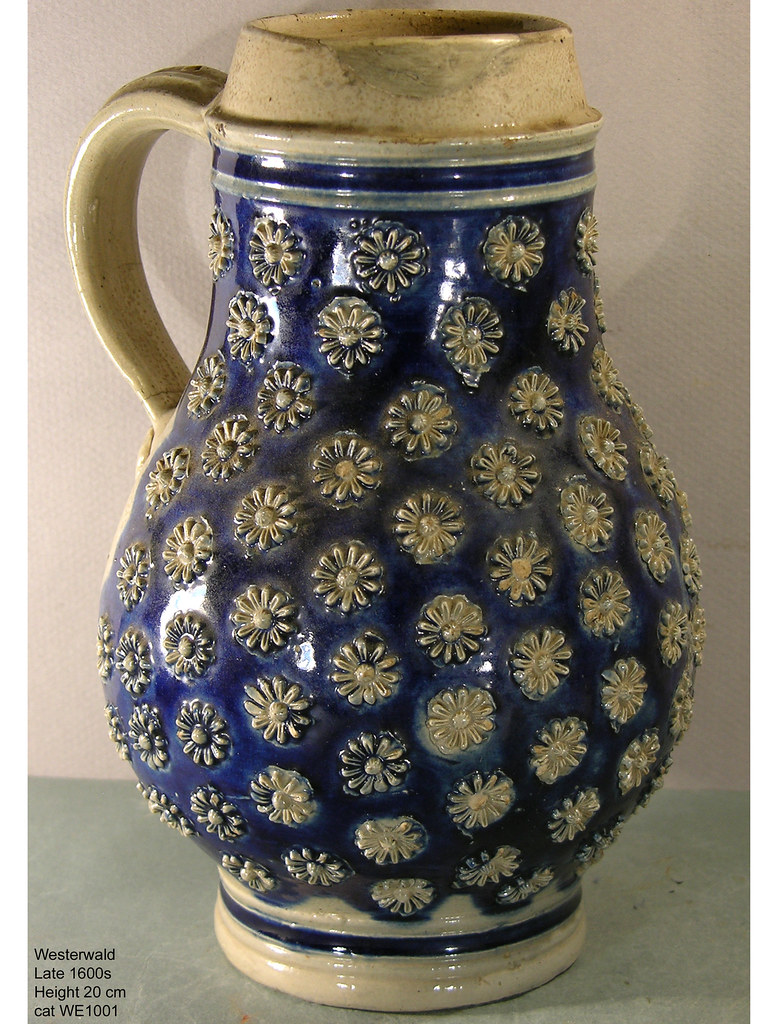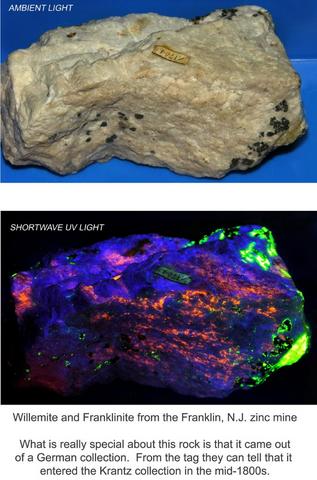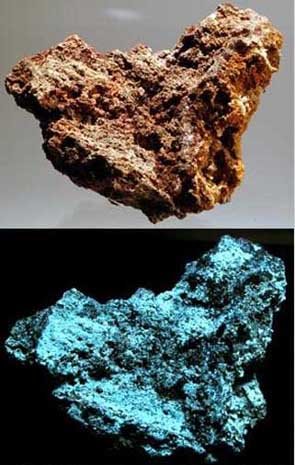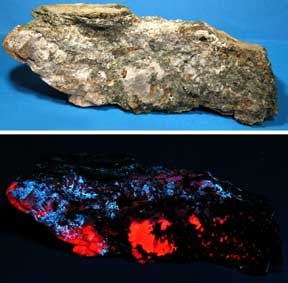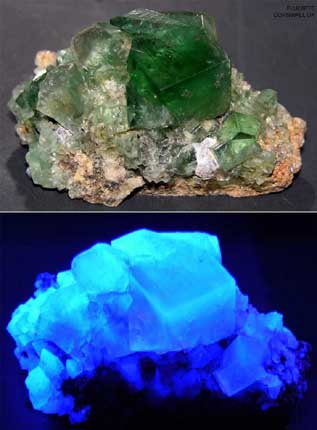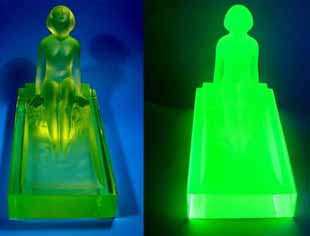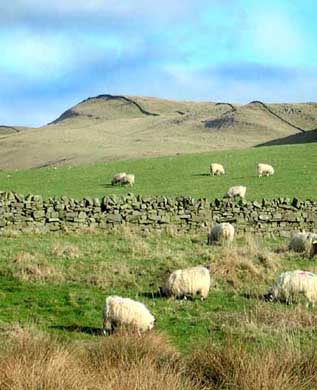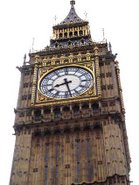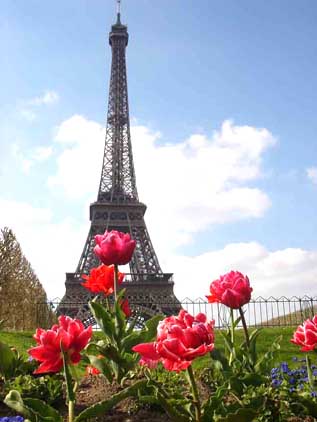Fluorescent Minerals
My little athlete black doggie sprained his right rear leg yesterday while furiously chasing after a rabbit in the desert. So we are a little housebound today. I want to give it a little time to heal, so we are not going for our long walks today. We both are getting a bit of cabin fever just sitting around the house.
So since I am sitting around the house I decided to continue on with my project of photographing the most special rocks in my collection of fluorescent minerals.
I took pictures of three stones this morning.
took pictures of three stones this morning.
One is a rock from California which contains little pieces of benitoite. I bought it from a fellow collector in The Netherlands. Benitoite occurs only near the head waters of the San Benito River in San Benito County, California.
Under shortwave ultraviolet light benitoite fluoresces a brilliant blue color. This is a link to the wikipedia article on it: http://en.wikipedia.org/wiki/Benitoite
The second stone I photographed this morning with my little Nikon was one of the rocks in my collection from the Long Lake zinc mine which is 8.8 km northwest of Parham, in Frontenac County, Ontario, Canada. I got several rocks from this mine this year at the Deming, New Mexico mineral show.
Under shortwave ultraviolet light this stone just lights up absolutely stunning. The minerals that fluoresce are aragonite (peach and pale blue), chondrodite which fluoresces creamy yellow, diopside (blue-green), and hydrozincite (pale blue). The third rock I took pictures of this morning is a beautiful stone from the Petoglyph mine just a few miles to the East of Hillsboro, New Mexico.
The third rock I took pictures of this morning is a beautiful stone from the Petoglyph mine just a few miles to the East of Hillsboro, New Mexico.
-
It has really striking veins of hydrozincite which fluoresce a very bright light blue under shortwave ultraviolet light.
-
At 7 inches wide (18 cm) it is a little too big. But it is just so neat that I had to bring it home.
